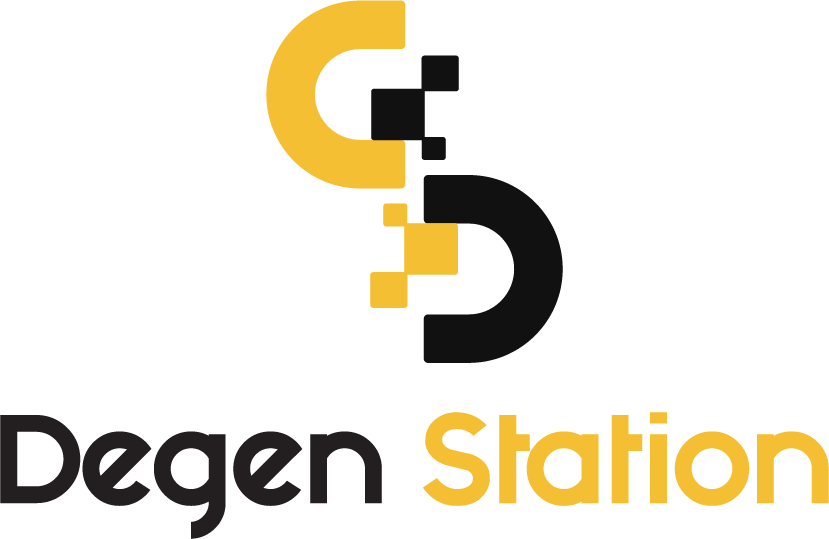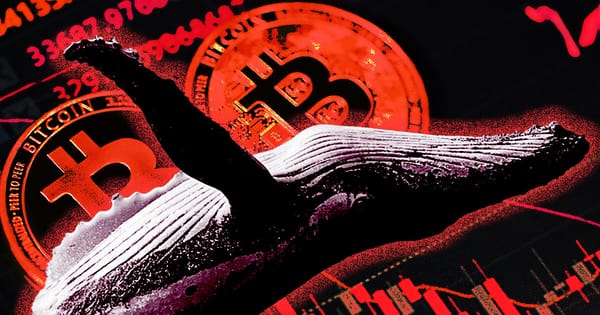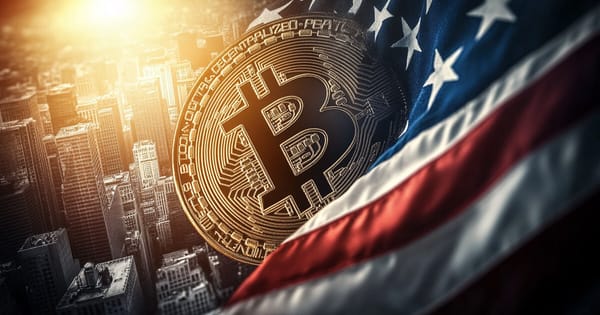Binance's Stance on the 1.2% LUNC "Burn Tax" Proposal
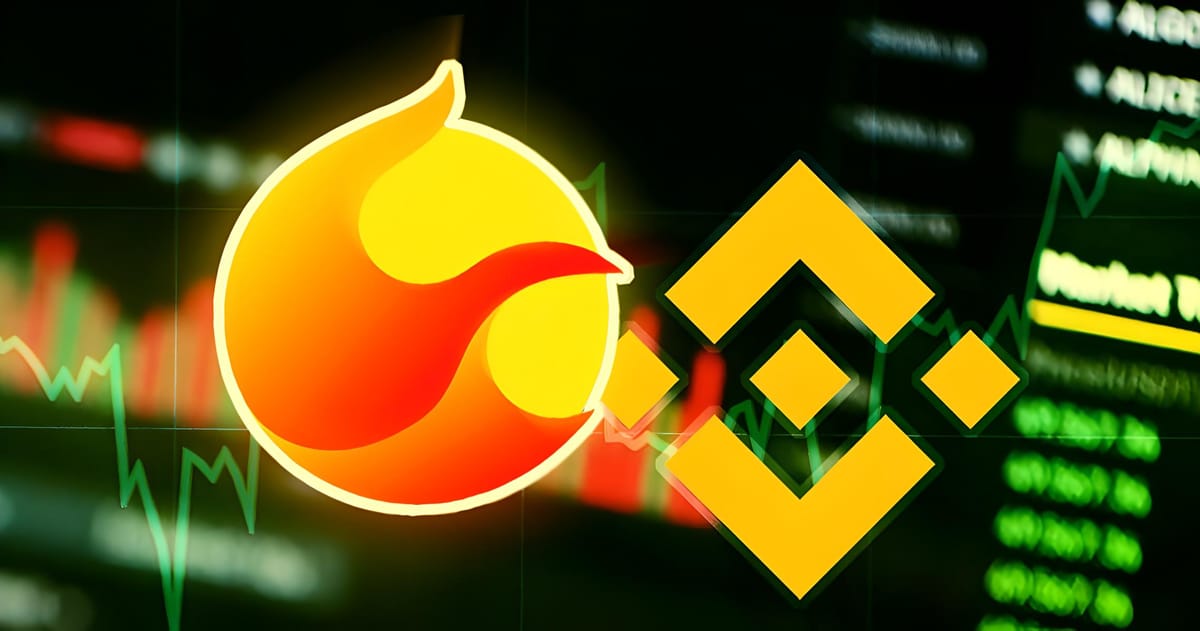
Binance, one of the leading cryptocurrency exchanges, has made its first official statements regarding the 1.2% burn tax proposal for LUNC transactions.
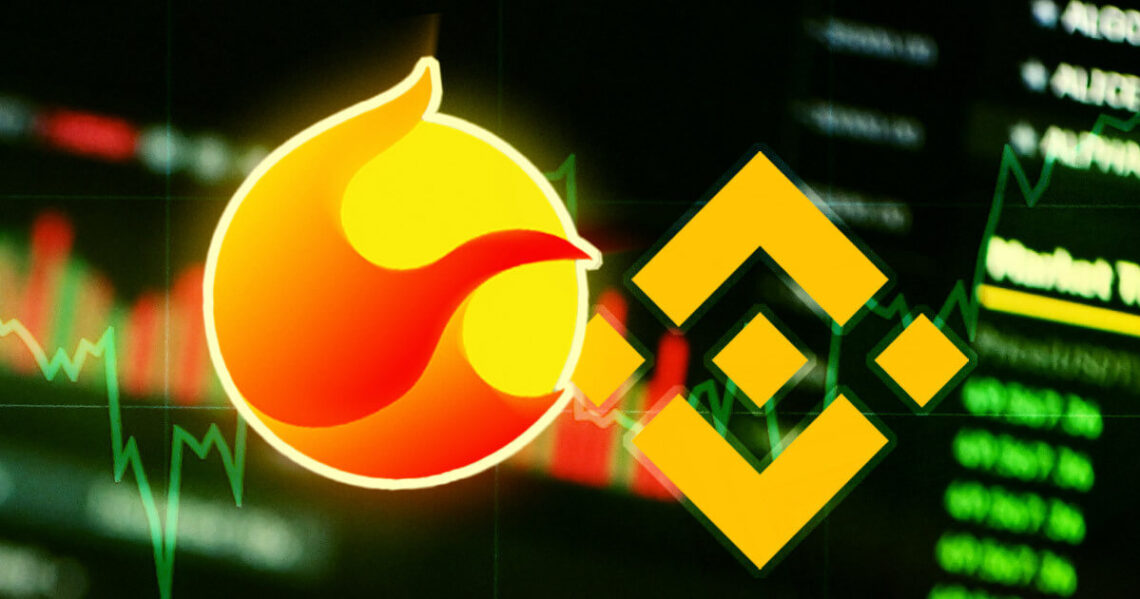
The Terra Classic LUNC Burn Proposal
As explained by Coin68, since the collapse of the LUNA-UST project in May 2022, there have been significant changes worth noting.
Initially, the Terra team decided to reboot the project under the same name, Terra (LUNA), but without the UST stablecoin. The new coin was listed on major exchanges under the name LUNA. The new blockchain remains under Terraform Labs' management, but no new developments have occurred since late May, as CEO Do Kwon faces potential prosecution and arrest by South Korean authorities.
Meanwhile, the old blockchain, plagued by hyperinflation, was rebranded as Terra Classic. The old LUNA is now known as LUNC, and the stablecoin UST is now USTC. This blockchain has been handed over to the community, which is still grappling with the aftermath of the nearly infinite LUNC supply.
In response, the Terra Classic community proposed and approved two proposals (3568 and 4159) in early September, introducing a 1.2% burn tax on each LUNC transaction on the Terra Classic network. This measure aims to create deflationary pressure and reduce the total LUNC supply to a fixed 10 billion LUNC. The burn tax is seen as a way to reduce supply over time, potentially increasing the coin's value.
However, there are critics of this approach. Opponents argue that:
- The "burn tax" does not create new utility or drive up the price.
- The "burn tax" impacts trading volume on exchanges, which may not support it.
Binance's Official Position
According to a Binance announcement on September 16, the exchange will only apply the 1.2% burn tax to LUNC/USTC deposits and withdrawals, not to regular buy and sell transactions.
When asked about this during an AMA on September 23, Binance CEO Changpeng Zhao stated that the exchange is not considering applying the 1.2% burn tax to LUNC and USTC transactions on its platform, citing the lack of new utility and potential negative impact on Binance's trading volume.
Zhao's statement led to a significant price drop for LUNC around 6:30 PM on September 23.
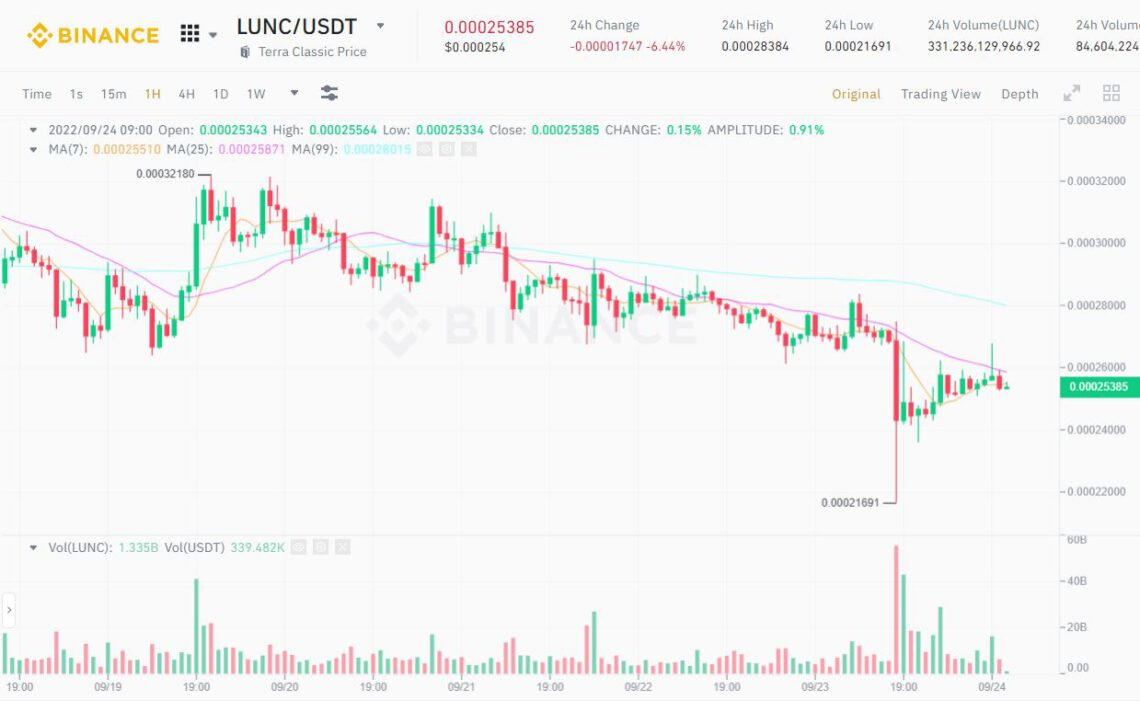
1H LUNC/USDT Price Chart on Binance at 9:20 AM, September 24, 2022
Source: Binance
However, in response to mixed reactions from the Terra Classic community, Zhao updated his position via a blog post late on September 23. He wrote:
"If Binance implements a 1.2% burn tax on each transaction, the amount burned may not be substantial as users would simply move to other platforms that do not have the burn tax. I could be wrong, but unless all centralized exchanges worldwide adopt the burn tax, it will not be effective."
LUNC Burn and Binance | Binance Blog https://t.co/z4cAjssGsO
— CZ 🔶 BNB (@cz_binance) September 23, 2022
Zhao proposed the following solution:
- Binance will introduce a setting allowing users to choose whether to burn 1.2% of the value of their LUNC transactions.
- Once the number of accounts choosing to burn coins reaches 25% of Binance’s total LUNC holdings, the exchange will begin applying the 1.2% burn tax to all LUNC transactions for users who opted for the burn.
- If the number of accounts choosing to burn coins reaches 50% of Binance’s total LUNC holdings, the burn tax will be applied to all LUNC transactions.
Zhao added that if Step 2 is not met within one month of implementing Step 1, Binance will disable the burn tax feature.
Similarly, other major exchanges like OKX, KuCoin, and Crypto.com have also only applied the 1.2% burn tax to deposits and withdrawals. Only MEXC has extended the tax to all spot transactions on their platform.
